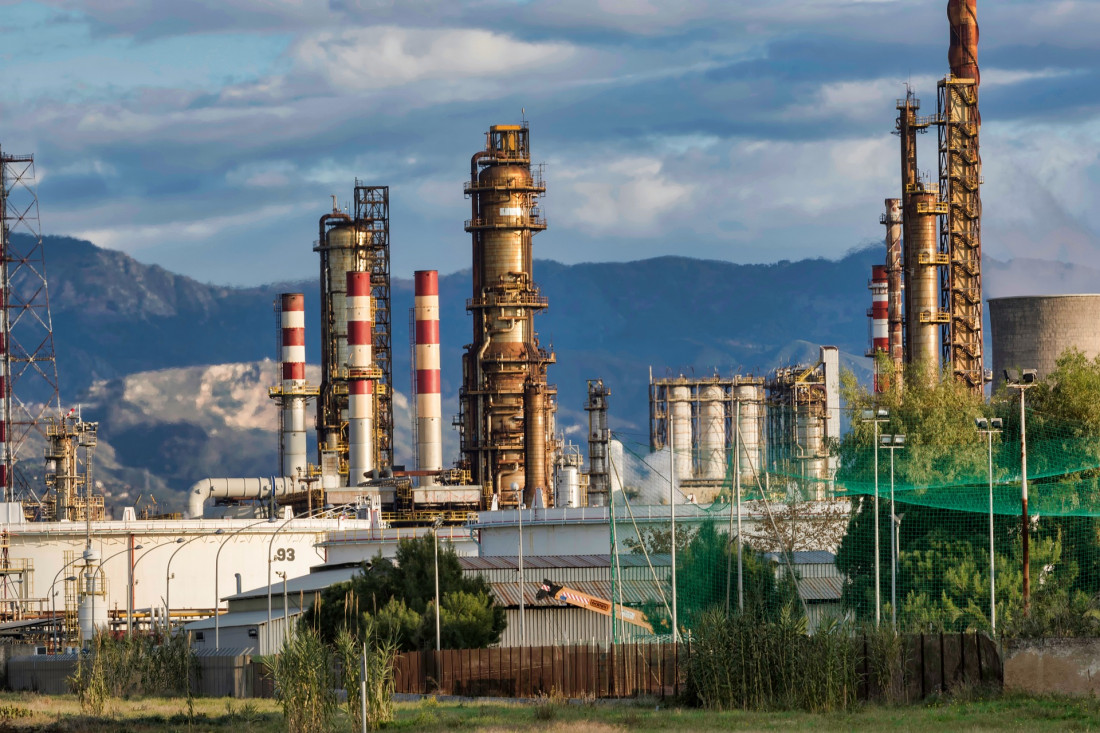Buyers and sellers on today’s chemicals markets know how volatile chemical prices can be. But now, with stock markets down and commodity prices falling (despite a small rally in the last few days), many are wondering what affect this will have on the chemicals industry’s short and long term futures.
Those who follow the markets, will be all too aware that the Dow Jones has fallen 11% in the past twelve months and that other markets have not fared better (FTSE down 17%, Shanghai SSE down 19%, DAX down 18%). Similarly commodity prices are down; oil 40%, copper 20%, lumber 27% (although ethanol is +1% after a unsettled year).
So what does this all mean for the chemicals market? Will chemical prices fall if other markets continue to drop?
Fortunately, many analysts are predicting that the industry will be somewhat safe from the turbulence of the markets. This is largely based on the fact that whilst market speculators may get nervous at weaker than expected economic data, business insiders expect significant industry growth over the next 10 years, and beyond. Whilst commodity prices on Wall Street may tumble as investors look to move into gold or bonds for security, those playing the longer game know that demand for chemicals will remain strong and grow as economic prosperity in the Far East grows.
As stock market and commodity analyst, J.B. Maverick, says, “The long-term outlook for the chemicals sector is good, primarily due to continuing emerging market opportunities. Additionally, increasing demand in the important pharmaceuticals subsector is expected to produce growth and increase profits within the sector.”
The industry in the U.S. also looks in a good condition, aided in large part by healthy investment in shale gas. Companies including BASF, DowDupont, LyondellBasell and others are all taking advantage of this new found treasure to expand their operations. Whilst the strong US dollar is restricting exports at present, it is expected that demand from the automobile industry’s recovery, a strengthening manufacturing sector and growth in domestic end-use markets, as well as the price competitive advantage of the shale deposits will keep the industry growing for years to come.
As commodity experts at Zacks Equity Research make clear, “The American Chemical Council envisions U.S. chemical production to rise 3.2% this year and 3% in 2016, higher than 2% growth witnessed in 2014. Notwithstanding the slowdown in global manufacturing and oil price volatility, the U.S. chemical industry is seeing production volume gains. Production is expected to pick up pace on the heels of new capital investments and capacity additions.”
J.B Maverick of Investopedia.com supports this claim, stating that, “The chemicals sector has shown good overall growth rates since 2000. Chemical industries based in the United States alone have increased total annual sales revenues from approximately $600 billion per year to almost $800 billion per year. This trend is expected to continue with total annual sales topping $1 trillion by 2020.”
In Europe, the outlook is less certain for future prosperity, with data from the European Chemicals Industry Council (CEFIC) indicating that output rose just 0.3% in the first eight months of 2015, whilst prices fell 4.5% over the same period. Much of this sluggish activity is a result of high energy prices, so prospects may change if the price per barrel remains around the $30 mark. Even then, limited R&D investment and the introduction of what many see as restrictive legislation, such as REACH, are hampering growth.
In China, the economic situation is considerably brighter. Whilst some analysts are gloomy about a dip in growth rates, the region is still in relative boom, with GDP growth for January 2016 of 6.8%, according to the National Bureau of Statistics of China.
A point supported by Maverick, who writes that, “The emerging market demand for products that significantly require chemicals, such as in housing, automobiles, pharmaceuticals and agriculture, is expected to continue increasing for many years to come, especially in the two most populous countries in the world, India and China. Market analysts have expressed concern over slowdowns in China’s economy, but it is important for investors to understand these are only slowdowns in an overall growth rate that continues to outpace, significantly, the economic growth rate of more developed countries.”
Whilst there are concerns for the industry, especially if the world economy is on the brink of a 2008-style crash, the overall outlook remains positive. According to Zacks stock market and commodity specialists, “The chemical industry remains besieged by a slowdown in China, sluggishness in some parts of Europe, the impacts of crude oil price slump and a mightier greenback. Nevertheless, a gradually healing U.S. economy, strong momentum in the automotive space and an upswing in the housing market are expected to keep the industry on the path to recovery moving into 2016.”
So the future is still rosy for chemicals, what remains unclear is in which chemicals growth will be strongest. Whilst traders are able to track price trends on trading services such as http://www.alibaba.com/ and https://www.spotchemi.eu/, as any serious investor knows, ‘past performance is no guarantee of future results’.
With that in mind, in which sector (agriculture, plastics, pharmaceuticals etc.), would you invest your money?

